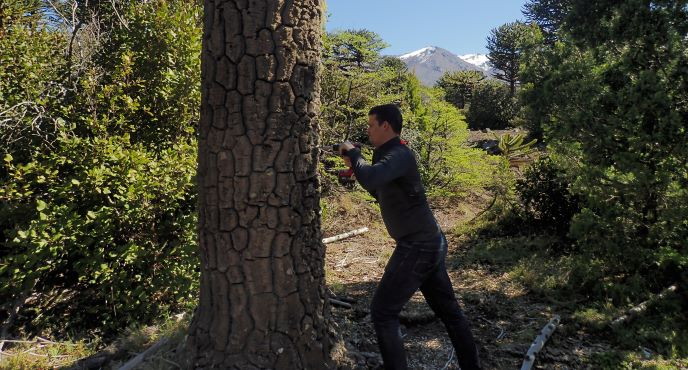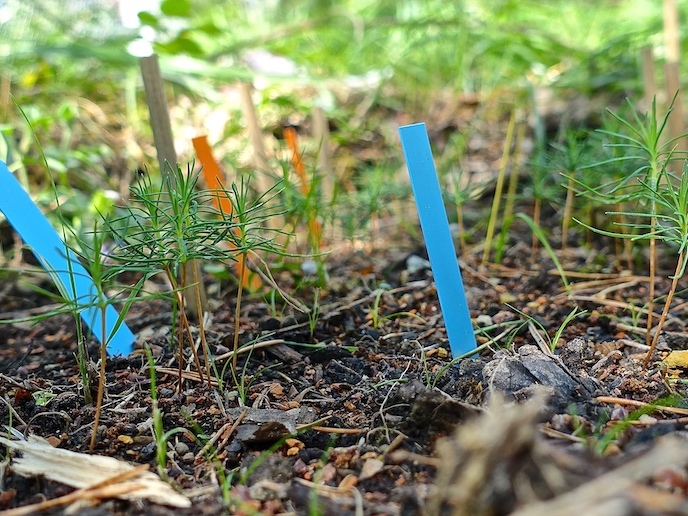How forest management strategies should account for their carbon sequestration potential
If there is one battle in the greater fight against climate change that Europe seems to be winning hands down, it’s certainly the safeguarding of its forests. Whilst woodlands are shrinking dangerously in other regions of the world, in Europe they have been growing by the equivalent of 1 500 football pitches every year. This is great for biodiversity, of course, but also potentially for carbon sequestration and wood industries. The real question is, how should we manage these forests to make the most of their potential? The FORMIT (FORest management strategies to enhance the MITigation potential of European forests) project aimed to answer this question. They developed a ‘forest growth simulator’ based on various climate change scenarios, and obtained estimates of carbon storage and fluxes at forest site above and below ground. They could also estimate the amount of harvested wood products and forest biomass used for energy under chosen climate scenarios, as well as for different forest management scenarios. One of their observations is that European forests are ageing, but it doesn’t mean that forest managers can sit back and relax. “Carbon sequestration by forests continues to be of extreme importance, and we see a continued increase in interest in this role. There is also a continued interest in the potential role of biomass for energy, although it is often argued that the latter is very inefficient and very scale-dependent,” says Prof. Frits Mohren who coordinated the FORMIT project. “To put it simply, we need to increase the growth to maintain the storage of carbon when we want to use some of that increment for bioenergy. Any use of biomass for energy that leads to a substantial decrease in carbon storage is not carbon neutral, and should be avoided.” All in all, the team assessed carbon storage by EU forests, the effects of forest management strategies on this storage, the contribution of forest products to carbon storage and mitigation, and the socio-economic aspects of forest management for carbon storage and mitigation. Finally, they developed scenarios and pathways including measures and management strategies taking into account regional differences in Europe, potential climate change impacts, and changes in species composition. Whilst Prof. Mohren admits that the actual impact of these strategies on forest management practices is difficult to assess, he says that, “all partners are engaged in national debates on adaptive forest management to contribute to climate change mitigation, and the forest management strategies developed within the project are clear options that are being discussed. The FORMIT results are not necessarily unique in this, as we stayed close to current practices in forest management.” In the near future, FORMIT’s results should also prove helpful to other projects in which forest inventory data are being used to make carbon mitigation assessments. Meanwhile, the team members are pursuing their work. “We have started new PhD projects at Wageningen University looking into forest management strategies, for example with respect to climate change impacts on competition between tree species, and adaptive forest management strategies for Dutch forests. The same holds for most of the FORMIT partners, who continue to work in this area. Also, we are working on carbon relations of tropical forests, for example through Life Cycle Analysis of the management of tropical forests,” Prof. Mohren points out. FORMIT results are also being used in new pilot projects which form part of the Dutch climate-smart forestry programme, to investigate and demonstrate the potential of forest management in the fight against climate change. Similar actions are being taken elsewhere in Europe.
Keywords
FORMIT, sequestration, CO2, climate change, forest, mitigation, carbon, biodiversity, biomass







